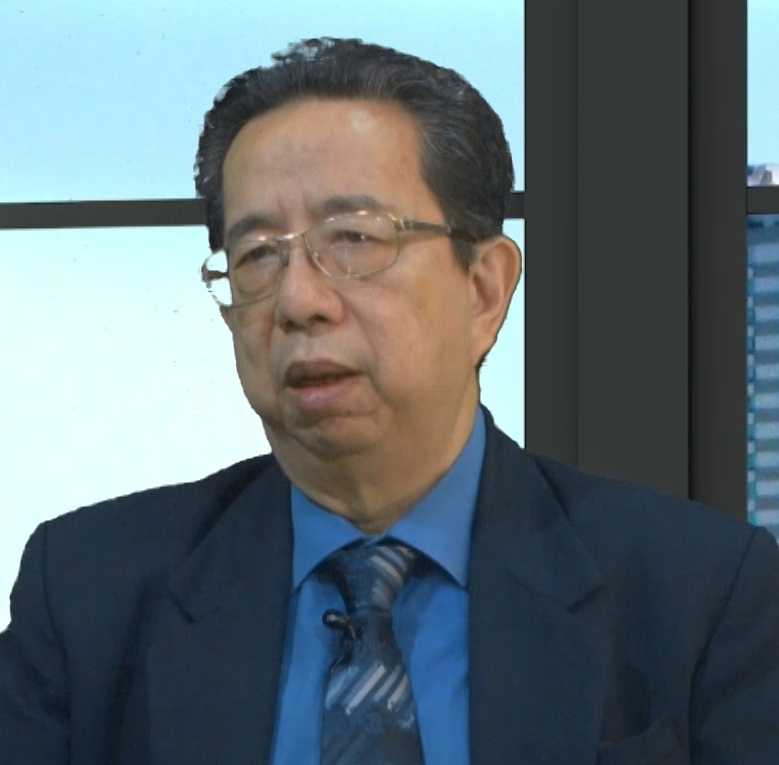PHIL-CHINA WATCH
By Herman Tiu Laurel
A war vs. US wars
Share
A huge anti-war protest rally is expected to be held in Washington this Friday (Feb. 17, 2023) on the anniversary of the Ukraine War and President’s Day Weekend, it’s dubbed “Rage Against the War Machine!” Speakers at the event are now famous anti-US wars dissenters Jimmie Dore, Medea Benjamin, Scott Hortan, Garland Nixon and David Swanson with war veterans, musicians and more.
The Washington “Rage Against the War Machine protest” follows a long series of European protests stretching back to November of 2022 as the Financial Times reported them, “’Ordinary Germans are paying’: anti-war protests stretch across central Europe... Demonstrations bring together unlikely hardline bedfellows from left and right over impact of Ukraine conflict.”
Earlier in mid-January 2023 anti-war protests in 50 key US cities were staged in commemoration of the Martin Luther King Day, denouncing the military alliance NATO and its escalation of the Ukraine war. At the rallies, organizers played King’s April 1967 speech when MLK castigated the US war in Vietnam.
The Japanese anti-war protests have been active even earlier, in August 2022 Japanese citizens staged anti-war protests in Tokyo on the occasion of the 77th anniversary of Japan’s defeat and unconditional surrender in World War II, and in December protesters rallied at Japan’s Prime Minister’s office lambasting Japan’s policy shift to war footing.
The Japanese protest chanted the slogan “Military power does not create peace” as the country’s leaders considers setting up “enemy base strike capability” which is preemptive strike and offensive capability (against the post-World War II policy of defensive posture of the Japanese armed forces). All the offensive Japanese initiatives are egged on by the US.
In the Philippines, the think tank Asian Century Philippine Strategic Studies Institute (ACPSSII) is convening a media forum on the same theme of “rage against war” with various speakers from the US, Singapore and the Philippines. A previous forum sponsored by the same think tank featured Col. (ret.) Ann Wright of the US Army along with former Philippines presidential candidate Ernie Abella and others.
Most Filipinos still can’t imagine how close to reality the nuclear Third World War is coming to be. Although the US strategic intention is to wage a limited war in the West and then in the East to depress the global economy for the US restore its economy by suppressing the rest of the world’s growth, especially China which it aims to reduce by 35 percent, there is no certainty it can be controlled.
My information about the US strategic timetable of the year 2025 to wreck China’s economy through limited regional war is retired gen. Vic Corpus and his book ’America’s Dim Mak Points’... Unrestricted Warfare in the 21st Century” which is a book used also at the US military academy at West Point and in the studies of the Rand Corporation.
The US’s top military think tank Rand Corporation did a study in 2016 entitled “Thinking Through the Unthinkable” and concluded that:
“Escalation to the nuclear level in any US-China conflict, however intense, is very unlikely;
War would be far more devastating for China, with an estimated 25-35 percent devastation in GDP after one year, as opposed to a 5-10 percent reduction for the US;
A long conflict would test the internal stability of the Chinese state; and
The prospect of major land operations is low, unless the war was on the Korean peninsula.”
While it is understandable that Rand Corporation will suffer some bias for the U.S. side concluding that China would lose but the U.S. would win with unacceptable costs, the Lowy Institute of Australia had these conclusions in its assessment which I attenuate:
“1. RAND seriously underestimates the probability of a high-intensity conflict escalating to the nuclear level;
2. RAND’s assessment of US economic resilience is unrealistic
3. Disruption of China’s internal stability is wishful thinking
4. RAND’s conclusion about the use of land forces is incorrect...
Nevertheless, it is entirely possible that in a lengthy high-intensity conflict, economic losses would be equivalent, decisive military engagements would be elusive, and China’s post-war recovery would be faster. Combined with the benefit of regional proximity and a weakened allied presence in the Western Pacific, this means the possibility of a Chinese strategic victory in 2025 or beyond cannot be excluded.
In other words, there is no victory for the US and Chia will quickly recover. As the saying goes, “In the long run, China will win.”
This March President Xi Jinping will pay an official visit to President Vladimir Putin in Moscow, a clear signal to the West that the China-Russia partnership is ready to go to greater lengths to firm up its challenge if the US dares. Is the Philippines betting on the right future?
Editor’s note: The opinions expressed in the foregoing article are solely the author’s and do not reflect the opinions and beliefs of the Philippine News Agency (PNA) or any other office under the Presidential Communications Office.
Comments
About the Columnist

Herman Tiu Laurel is a veteran journalist and founder of think tank PHILIPPINE-BRICS Strategic Studies.
